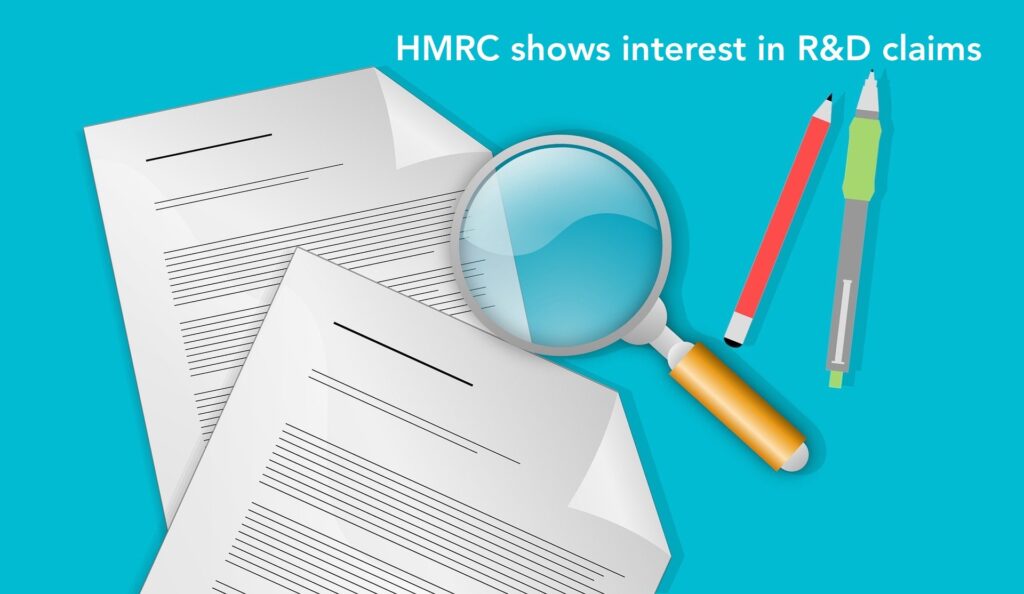Over the last 12 months the R&D industry has gone through a significant transformation in an attempt to reduce the level of non-compliance in the R&D Tax Reliefs. The SME scheme has, by many, been seen as a lucrative industry which allows claimant companies to recoup costs for the previous two accounting periods; this has led to concerns over abuse and boundary-pushing involving R&D tax reliefs growing in recent years, particularly amongst SMEs. While any scheme that provides financial support to large numbers of claimants contains an inherent risk, the Government launched a review of the R&D tax relief schemes in 2021 to ensure taxpayers money is spent as effectively as possible and that the UK remains a competitive location for cutting-edge research.
As such, HMRC introduced a mandatory random enquiry programme (MREP) for SMEs claiming under the SME scheme or RDEC to understand the levels of non-compliance, and over the last three years HMRC has more than doubled the number of people working on R&D compliance. As part of the increased resource dedicated to R&D compliance, in July 2022 a dedicated R&D Anti-Abuse Unit was created to tackle incorrect claims and open enquiries into the most complex cases. HMRC has countered criminal attacks on the R&D system involving fraudulent or hijacked businesses, blocking £85 million in fraudulent claims, challenging more than 2,500 claims and arresting 9 people.
While innovation remains at the heart of the Government’s plan to grow the UK economy, the Government is clear that the level of non-compliance within the R&D tax reliefs is unacceptable, leading to a number of reforms, outlined below, being introduced.
Changes from 1 April 2023: Rates changes and Advanced Notification Form
The R&D rates of relief were reduced in the Autumn statement as follows:
- SME rate reduced from 130% to 86%
- SME payable tax credit reduced from 14.5% to 10%
- Introduction of R&D Intensive SME’s (specifically loss-making SMEs) – where a company’s R&D expenditure exceeds 40% of its total expenditure.
- RDEC (large company) rate to increase from 13% to 20%
In practice, for SMEs this is a significant reduction – previously the effective tax relief on qualifying expenditure was between 24.7p and 33.35p – this now ranges between 16.34p and 22.79p. For claimants under the RDEC scheme, the effective rate has increased from 10.53p to 15p. This is no coincidence as HMRC gradually moves towards a single scheme based on the RDEC principles.
For accounting periods beginning on/after 1 April 2023, R&D claimants are expected to submit an Advanced Notification form within 6 months of the year-end if:
- They’re claiming for the first time.
- Have claimed for the previous tax year, but did not submit that claim until after the last date of the claim notification period (the claim notification period ends 6 months after the end of the period of account).
- The last claim was made more than 3 years before the last date of the claim notification period.
Where a company has failed to submit an advanced notification form, the right to claim R&D relief for that period will be removed. The information required to complete the form is straightforward and includes: the company’s UTR, main officer at the company responsible for the R&D claim, agent details, accounting period and high-level overview of the project(s).
Changes from 8 August 2023: Additional Information Form
From 8 August 2023 all R&D claims must be submitted via HMRC’s online Additional Information Form, which must be submitted prior to your tax return. Previously there has been no requirement for claimant companies to formally document the development activities. Whilst the legislation regarding qualifying activities has not changed, from 8 August 2023 when making an R&D claim the following questions will need to be answered:
- What is the main field of science or technology?
- What was the baseline level of science or technology that the company planned to advance?
- What advance in that scientific or technological knowledge did the company aim to achieve?
- The scientific or technological uncertainties that the company faced.
- How did your project seek to overcome these uncertainties?
An interesting requirement of the new Additional Information form concerns details of the claimant company’s SIC code – this has also been a noticeable question requested by HMRC throughout the R&D enquiries we have seen recently. A requirement of the scheme is that the project must relate to a company’s trade, either an existing one, or one that it intends to start up based on the results of the R&D. Furthermore, HMRC have explicitly identified sectors that rarely qualify for R&D relief, these include care homes, childcare providers, personal trainers, wholesalers and retailers, pubs and restaurants. Advances in the arts, humanities and social sciences including economics do also not qualify for R&D relief. The requirement to provide the company’s SIC code will assist with the compliance checks and play an important role going forward.




